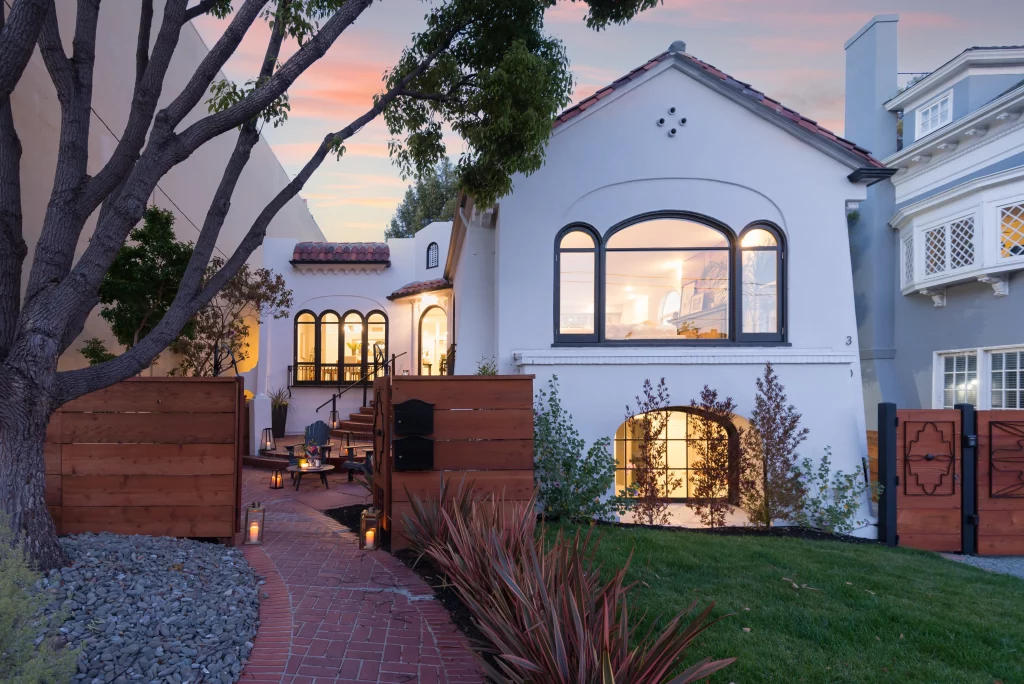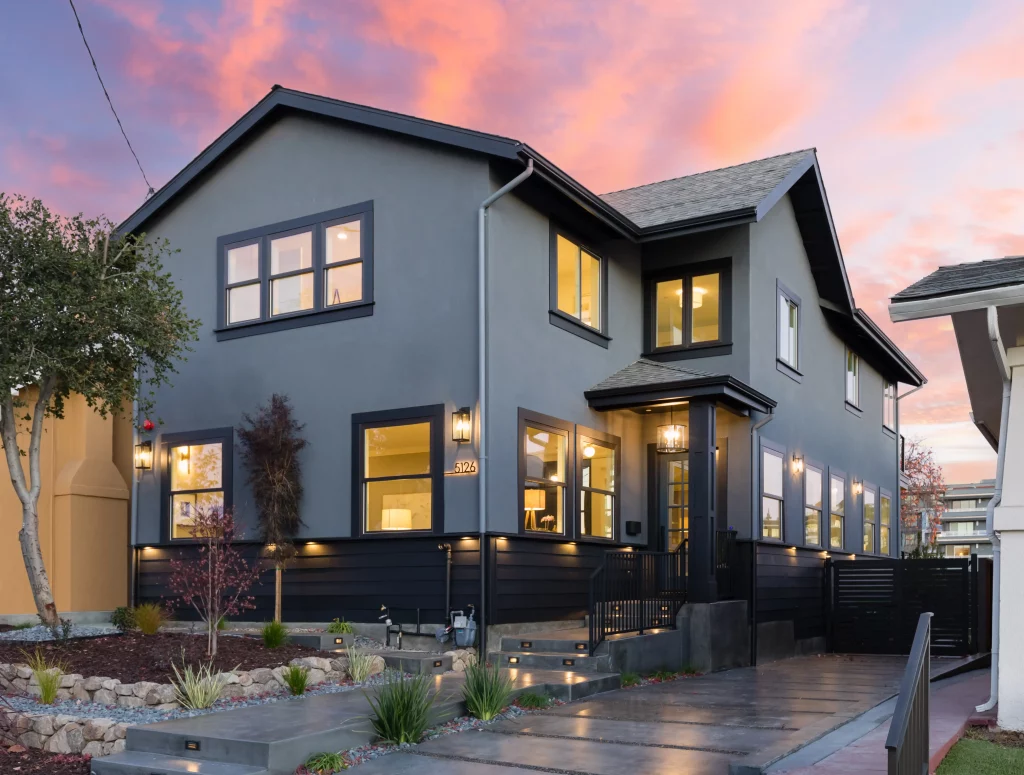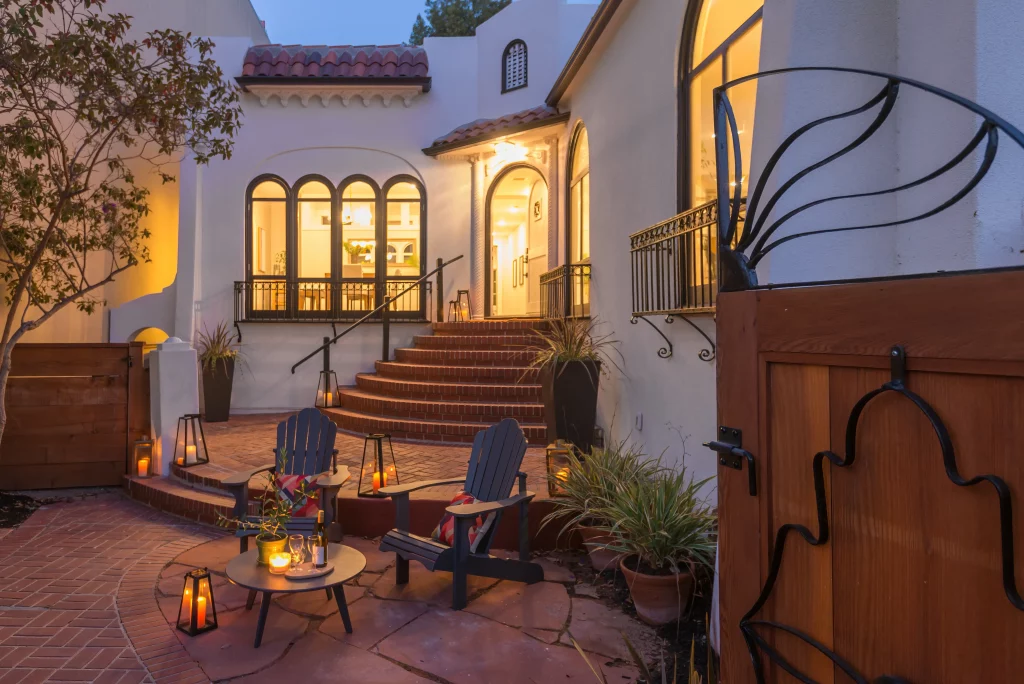Choosing the right project delivery method is crucial for ensuring a smooth construction process, whether for residential or commercial projects. Two common approaches are design and build and the traditional design-bid-build method, each offering different advantages and challenges. While both have their merits, design and build is increasingly preferred due to its efficiency, cost savings, and streamlined communication. Understanding the differences between these methods can help property owners make informed decisions about which approach best suits their needs and long-term project goals. By comparing these two options, homeowners and business owners can determine the best strategy for achieving high-quality results while minimizing risks and unexpected costs.
When considering home design Pleasant Hill projects, the choice between these methodologies becomes particularly important. Local contractors understand the unique challenges of building in this area, from soil conditions to local building codes, making the selection of the right approach essential for success. Whether planning custom homes Pleasant Hill residents dream of or managing commercial construction projects, understanding these delivery methods helps ensure optimal outcomes within budget and timeline constraints.
How the Design and Build Approach Works
In the design and build model, a single entity is responsible for both the design and construction phases, providing a seamless experience for clients with fewer complications. This integrated team works collaboratively from the start, ensuring that the design aligns with practical construction methods and budget considerations without unnecessary changes. With a single point of contact, homeowners and project owners experience fewer delays, clearer communication, and a faster overall process. Since the same firm handles both planning and execution, adjustments can be made quickly, avoiding lengthy approval processes that slow down construction.
This approach is particularly beneficial for those looking to complete projects efficiently while maintaining strict budget control. By eliminating unnecessary steps and integrating all services under one contract, design and build allows for a more streamlined and hassle-free construction experience with fewer roadblocks. The methodology proves especially effective for complex projects requiring specialized expertise, such as modern home plans CA residents often request for their unique architectural visions.
Anura Design & Remodel exemplifies this integrated approach, demonstrating how effective collaboration between design and construction teams creates superior outcomes. Their methodology ensures that every aspect of the project, from initial conceptualization to final construction, maintains consistency and quality throughout the entire process. This seamless integration eliminates the communication gaps that often plague traditional construction approaches, resulting in more predictable timelines and budgets.
The design and build process typically begins with an initial consultation where clients discuss their vision, budget, and timeline expectations. During this phase, the integrated team evaluates the feasibility of proposed designs while considering construction realities, local building codes, and material availability. This early collaboration prevents costly changes later in the process, as potential issues are identified and addressed before construction begins.
Design build experts understand that effective project management requires constant communication between all stakeholders. Regular progress meetings, detailed project schedules, and transparent reporting keep clients informed throughout the entire process. This level of transparency builds trust and ensures that any necessary adjustments can be made promptly without disrupting the overall project timeline.
Streamlined Communication and Decision-Making
The single-source responsibility inherent in design and build eliminates the finger-pointing and miscommunication that often occurs when multiple parties are involved. When issues arise, there’s no ambiguity about who is responsible for resolution, leading to faster problem-solving and fewer project delays. This unified approach creates a more collaborative environment where all team members work toward common goals rather than protecting their individual interests.
Build services CA providers using this methodology can respond more quickly to client requests and changing circumstances. Since the same team handles both design and construction, modifications can be evaluated and implemented without the lengthy approval processes required in traditional approaches. This flexibility proves invaluable when unexpected challenges arise or when clients want to make improvements during construction.
Why Design-Bid-Build Can Lead to Delays and Higher Costs
The design-bid-build approach follows a more traditional model where the design phase is completed first, and contractors submit bids for the construction work, creating an additional step in the process. While this method provides competitive pricing, it often leads to misalignment between architects and builders, resulting in unexpected costs and delays that disrupt the project timeline. Contractors may struggle to execute the original design as planned due to unforeseen structural issues or material constraints, requiring costly revisions that increase overall expenses.
Additionally, the bidding process itself can be time-consuming, delaying the start of construction and making it difficult to predict final project costs accurately. This segmented approach often results in higher expenses due to unexpected changes, a lack of early collaboration, and increased project management complexity. For those seeking a more predictable, efficient, and cost-effective process, design and build offers a better alternative with fewer complications, greater transparency, and faster project delivery.
The design-bid-build methodology creates inherent challenges that can significantly impact project outcomes. When architects complete designs without input from construction professionals, they may specify materials, methods, or details that prove impractical or costly to implement. This disconnect between design intent and construction reality often leads to value engineering exercises that compromise the original vision while increasing costs.
Pleasant Hill contractors frequently encounter projects where the original design assumptions don’t align with local conditions or construction realities. Soil conditions, utility locations, or building code requirements may necessitate significant design changes after construction begins. In the design-bid-build model, these changes require approval from multiple parties, creating delays and increasing costs through change orders and extended project timelines.
The Hidden Costs of Fragmented Processes
The apparent cost savings of competitive bidding in design-bid-build projects often disappear when change orders, delays, and coordination issues are factored into the final project cost. Contractors may submit low bids to win projects, knowing that they can recover profits through change orders when design issues are discovered during construction. This practice creates an adversarial relationship between project stakeholders rather than the collaborative partnership essential for successful construction.
Interior design Pleasant Hill specialists working within the design-bid-build framework must coordinate with multiple parties, each with their own schedules and priorities. This complexity increases the likelihood of miscommunication and delays, as decisions must be approved by architects, contractors, and clients separately. The resulting inefficiencies often extend project timelines and increase costs beyond initial estimates.
Risk Allocation and Responsibility
In design-bid-build projects, risk allocation becomes complicated when problems arise. Architects may blame contractors for poor workmanship, while contractors point to design flaws or inadequate specifications. This finger-pointing wastes time and resources while problems remain unresolved. Clients find themselves caught in the middle, forced to mediate disputes between parties who should be working collaboratively.
The fragmented nature of design-bid-build creates multiple contracts and relationships that must be managed simultaneously. Project owners must coordinate between architects, contractors, and various subcontractors, each with different priorities and schedules. This complexity increases administrative burden and creates opportunities for miscommunication that can derail project timelines.
Quality Control Challenges
Maintaining consistent quality standards becomes more difficult when design and construction are separated. Architects may specify high-quality materials and finishes, but contractors focused on maintaining profit margins may suggest substitutions that compromise the original vision. Without integrated oversight, these quality compromises may not be discovered until construction is complete, requiring costly corrections or accepting substandard results.
Design build firm professionals understand that quality control requires constant vigilance throughout the entire process. By maintaining responsibility for both design and construction, they can ensure that quality standards are maintained without the coordination challenges inherent in traditional approaches. This integrated oversight prevents quality issues from emerging during construction and ensures that the final product meets or exceeds client expectations.
Advantages of Design and Build for Modern Construction
The design and build methodology offers numerous advantages that make it increasingly popular for contemporary construction projects. Cost predictability ranks among the most significant benefits, as clients receive accurate pricing information early in the process. Since the same team handles both design and construction, they can provide realistic cost estimates based on actual construction experience rather than theoretical projections.
Timeline efficiency represents another major advantage of the design and build approach. Construction can begin before design is completely finalized, allowing for overlap between phases that reduces overall project duration. This fast-track approach proves particularly valuable for clients with tight deadlines or those wanting to minimize disruption to their daily lives during construction.
Anura Design & Remodel has successfully implemented this methodology across numerous projects, demonstrating how integrated teams can deliver superior results while maintaining cost and schedule control. Their approach ensures that every project benefits from the collective expertise of designers and builders working collaboratively toward common goals. This integration creates synergies that improve both the design process and construction execution.
The design and build methodology also facilitates better value engineering, where cost-saving opportunities are identified and implemented without compromising quality or functionality. Since the same team handles both aspects, they can evaluate design alternatives based on actual construction costs and practical considerations. This collaborative approach often results in creative solutions that enhance the project while reducing costs.
Remodel and Build Projects: Where Integration Matters Most
Remodel and build projects present unique challenges that highlight the advantages of integrated project delivery. Existing structures create constraints that must be carefully evaluated during the design phase, requiring close collaboration between designers and construction professionals. The design and build approach allows for real-time problem-solving when unexpected conditions are discovered during demolition or construction.
Anura Design & Remodel specializes in complex remodeling projects where their integrated approach proves invaluable. Their team can quickly adapt designs when structural conditions differ from initial assumptions, preventing delays and cost overruns that commonly plague traditional remodeling projects. This flexibility ensures that projects stay on track despite the uncertainties inherent in renovation work.
The design and build methodology also improves coordination with existing building systems, ensuring that new construction integrates seamlessly with existing infrastructure. Electrical, plumbing, and mechanical systems must be carefully planned to avoid conflicts and ensure proper functionality. The integrated team approach facilitates this coordination, reducing the likelihood of costly corrections during construction.
Modern Home Plans CA: Adapting to Contemporary Needs
Modern home plans CA residents request often incorporate complex architectural features, sustainable building practices, and advanced building systems that require specialized expertise. The design and build approach ensures that these sophisticated designs can be executed successfully within budget and schedule constraints. Integrated teams understand the practical implications of contemporary design features and can implement them effectively.
Anura Design & Remodel stays current with the latest architectural trends and building technologies, ensuring that their modern home plans incorporate the most advanced features while remaining practical and cost-effective. Their integrated approach allows for early evaluation of new technologies and materials, helping clients make informed decisions about incorporating innovative features into their projects.
The complexity of modern building codes and environmental regulations requires careful coordination between design and construction teams. The design and build methodology ensures that all regulatory requirements are considered during the design phase, preventing costly compliance issues during construction. This proactive approach reduces project risk and ensures that permits are obtained efficiently.
Custom Homes Pleasant Hill: Tailored Solutions for Unique Needs
Custom homes Pleasant Hill residents commission require careful attention to individual preferences, site conditions, and local building requirements. The design and build approach excels in these personalized projects, where flexibility and responsiveness are essential for success. Integrated teams can adapt designs to meet specific client needs while maintaining practical construction considerations.
Anura Design & Remodel understands that custom home construction requires a collaborative approach where client input is valued and incorporated throughout the process. Their design and build methodology ensures that client preferences are considered at every stage, from initial concept development through final construction. This collaborative approach results in homes that truly reflect the owner’s vision and lifestyle needs.
The design and build process also accommodates the iterative nature of custom home design, where ideas evolve as the project progresses. Since the same team handles both design and construction, modifications can be evaluated and implemented without the lengthy approval processes required in traditional approaches. This flexibility allows for continuous improvement and refinement throughout the project lifecycle.
Architecture and Build: Creating Cohesive Design Solutions
Architecture and build integration ensures that architectural vision is maintained throughout the construction process. When the same team handles both aspects, design intent is preserved while practical construction considerations are addressed proactively. This integration prevents the compromises that often occur when architects and builders work separately with different priorities and objectives.
The design and build approach also facilitates innovative architectural solutions that might be deemed impractical in traditional delivery methods. Since architects and builders collaborate from the beginning, they can explore creative approaches that balance aesthetic goals with construction efficiency. This collaboration often results in more innovative and cost-effective solutions than would be possible with separate design and construction teams.
Anura Design & Remodel’s integrated approach ensures that architectural excellence is maintained throughout the construction process. Their teams understand that successful projects require both creative vision and practical execution, working collaboratively to achieve outcomes that exceed client expectations. This balance between artistry and craftsmanship distinguishes their work in the competitive construction market.
Choosing the Right Approach for Your Project
The selection between design and build versus design-bid-build depends on various factors including project complexity, timeline requirements, budget constraints, and client preferences. Design and build typically offers advantages for projects requiring fast-track delivery, complex coordination, or innovative solutions. The integrated approach proves particularly valuable for remodeling projects where unknown conditions require adaptive problem-solving.
Projects with well-defined scope and straightforward requirements may benefit from the competitive pricing potential of design-bid-build, provided that adequate time is available for the sequential process. However, even simple projects can benefit from the communication advantages and single-source responsibility of design and build delivery.
Anura Design & Remodel helps clients evaluate their specific needs and recommend the most appropriate delivery method for their unique circumstances. Their experience with both approaches allows them to provide objective guidance based on project requirements rather than promoting a particular methodology. This client-focused approach ensures that recommendations align with project goals and constraints.
The trend toward design and build reflects the construction industry’s recognition that integrated project delivery offers superior outcomes for most projects. As building complexity continues to increase and client expectations rise, the advantages of collaborative, integrated approaches become more pronounced. Forward-thinking clients increasingly recognize that the benefits of design and build extend beyond cost and schedule savings to include improved quality, reduced risk, and enhanced communication throughout the project lifecycle.
Read more:


